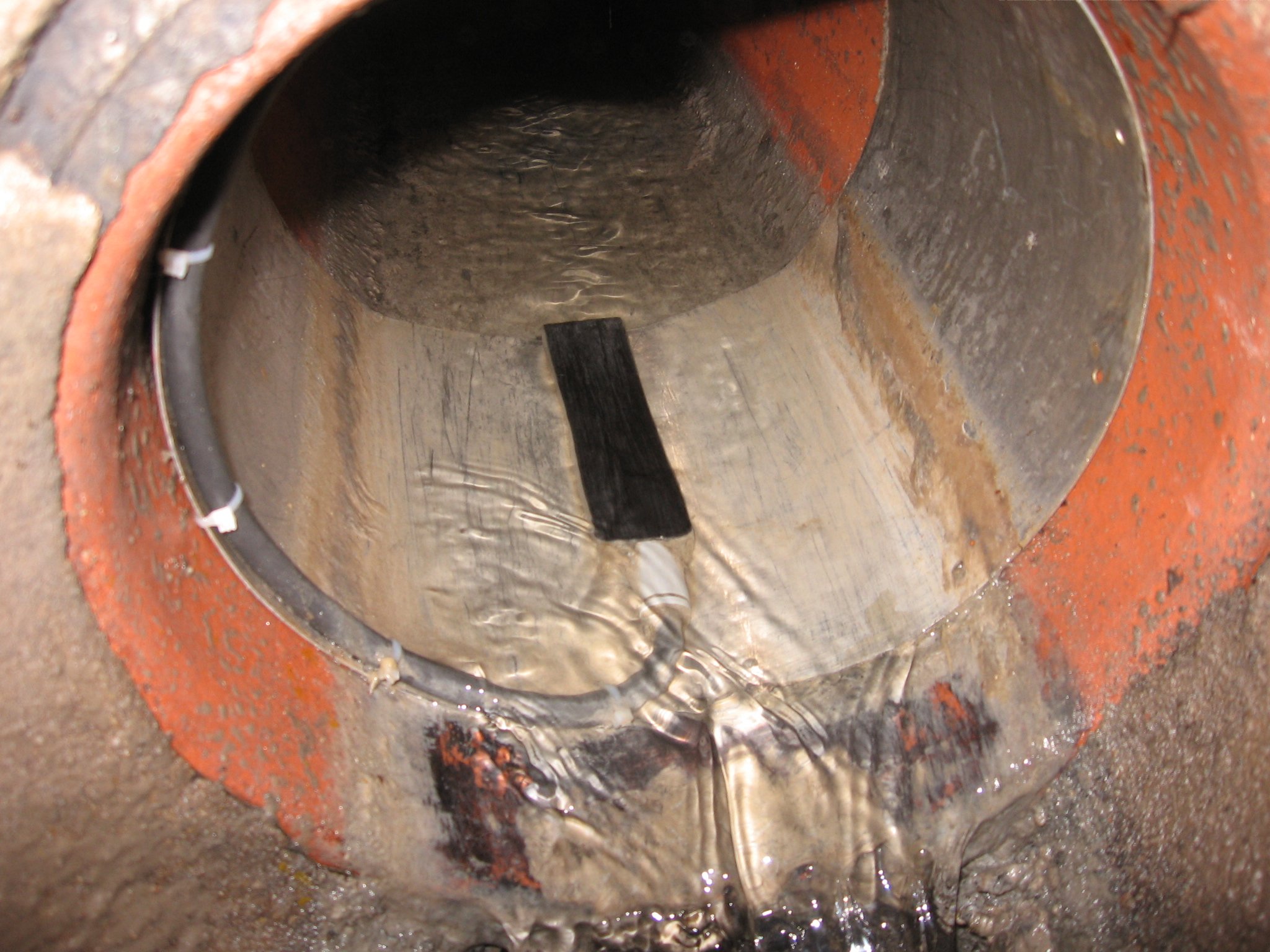V&A’s latest blog article unravels the critical role of study duration in sewer flow monitoring programs. From hydraulic modeling and RDII analysis to compliance monitoring, we explore why the clock matters in understanding the operation of sewer systems. In wastewater infrastructure management, sewer flow monitoring programs are a critical tool for assessing the functionality and efficiency of sewer systems. A key parameter influencing the precision and reliability of these programs is the duration over which monitoring takes place.
This article explains why study duration is pivotal in extracting meaningful insights. From the nuanced calibration requirements of hydraulic models to the meticulous analysis of Rainfall-Dependent Infiltration and Inflow (RDII), the time-based scope of monitoring programs is a decisive factor in informing data-driven decision-making for sustainable sewer system operation.





